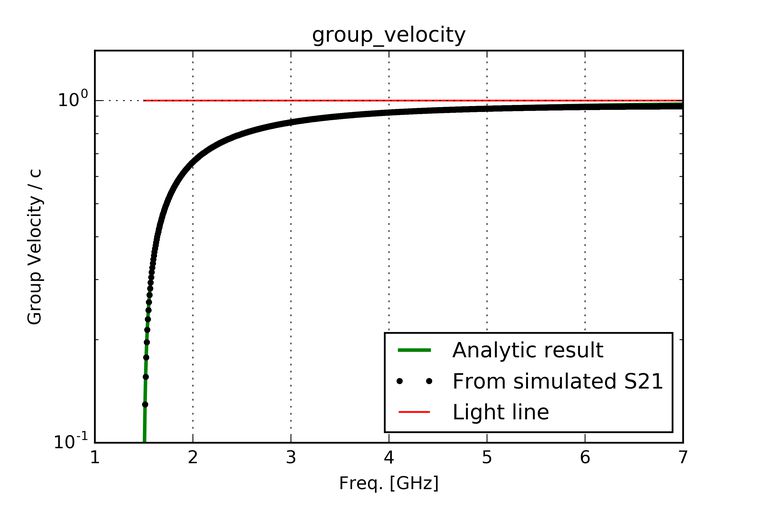
See Waveguide Port Overview for impedance definitions. re and im indicate its real and imaginary part. ZPV: re ±i im This is the impedance in Ohm which is determined by the computed voltage along a line and the mode's complex power. In case of a complex line impedance, its magnitude is displayed. Line Imp.: For mode type TEM or Quasi TEM, this is the line impedance in Ohm. Phase: The phase for which the mode is plotted (see Waveguide ports). If a frequency dependence of the mode pattern is considered by the solver this is the frequency of the selected snapshot (see Inhomogeneous waveguide ports). By default this is the center of the frequency range given in the Frequency Range Settings. Otherwise this field is not shown.įrequency: The frequency for which the modes and their parameters have been calculated. In the lower left corner the following values are plotted:Ĭomponent: In the case of a scalar plot, this parameter determines which component is plotted. This can be helpful when evaluating the influence of higher order modes on the simulation results. It shows the distance from the port plane where the mode amplitude is damped to -40 dB. In the case of evanescent modes an additional frame is plotted. The displayed fields correspond to the single-ended pin description. Time Domain Solver: When the standard port mode solver (legacy) is used in combination with single-ended ports, the corresponding modes can be accessed via an additional folder. These modes serve as the basis of the linear combination that represents the multipin/single-ended fields. In the field plot view, hit the PageUp and PageDown keys to move to the next or previous frequency.įor multipin or single-ended modes an additional sub folder is created which contains the field patterns of the waveguide modes obtained by the eigenmode solver.

To select a particular frequency, please use the context menu which brings up the Select Port Mode dialog. Time Domain Solver: If the modelled structure contains inhomogeneous waveguide ports, and if either the accuracy enhancement feature or the broadband option is activated, the electromagnetic fields of the mode are calculated at several frequency samples (for detailed information see the Waveguide Port Overview page). To visualize the magnitude of the field, select Abs.įrequency Domain Solver: If the modelled structure contains inhomogeneous waveguide ports, the electromagnetic fields of the mode are calculated at several frequency samples (for detailed information, see the Waveguide Port Overview page). Select X,Y or Z from the 2D/3D Plot ribbon to visualize the respective field component. As example for the electric field the following choices are available In addition, you can visualize components of the fields and the magnitude of the fields in a 2D scalar plot. Visualized are instantaneous results regarding the given phase:

The picture on the left shows the folder entries for the electric and magnetic fields of port 1 for the first, second and third mode. M denotes the number of the mode of the waveguide port. The entries in the Navigation Tree depend on the properties of the ports.įor every waveguide port you can visualize the electric and magnetic fields as 2D vector plots by clicking on the result item named eM (electric) and hM (magnetic), respectively. From the Navigation Tree, select the port mode and component you want to visualize. Port Mode View Port Mode View To view your port modes, you can use a 2D Vector Plot or a 2D Scalar Plot.


 0 kommentar(er)
0 kommentar(er)
